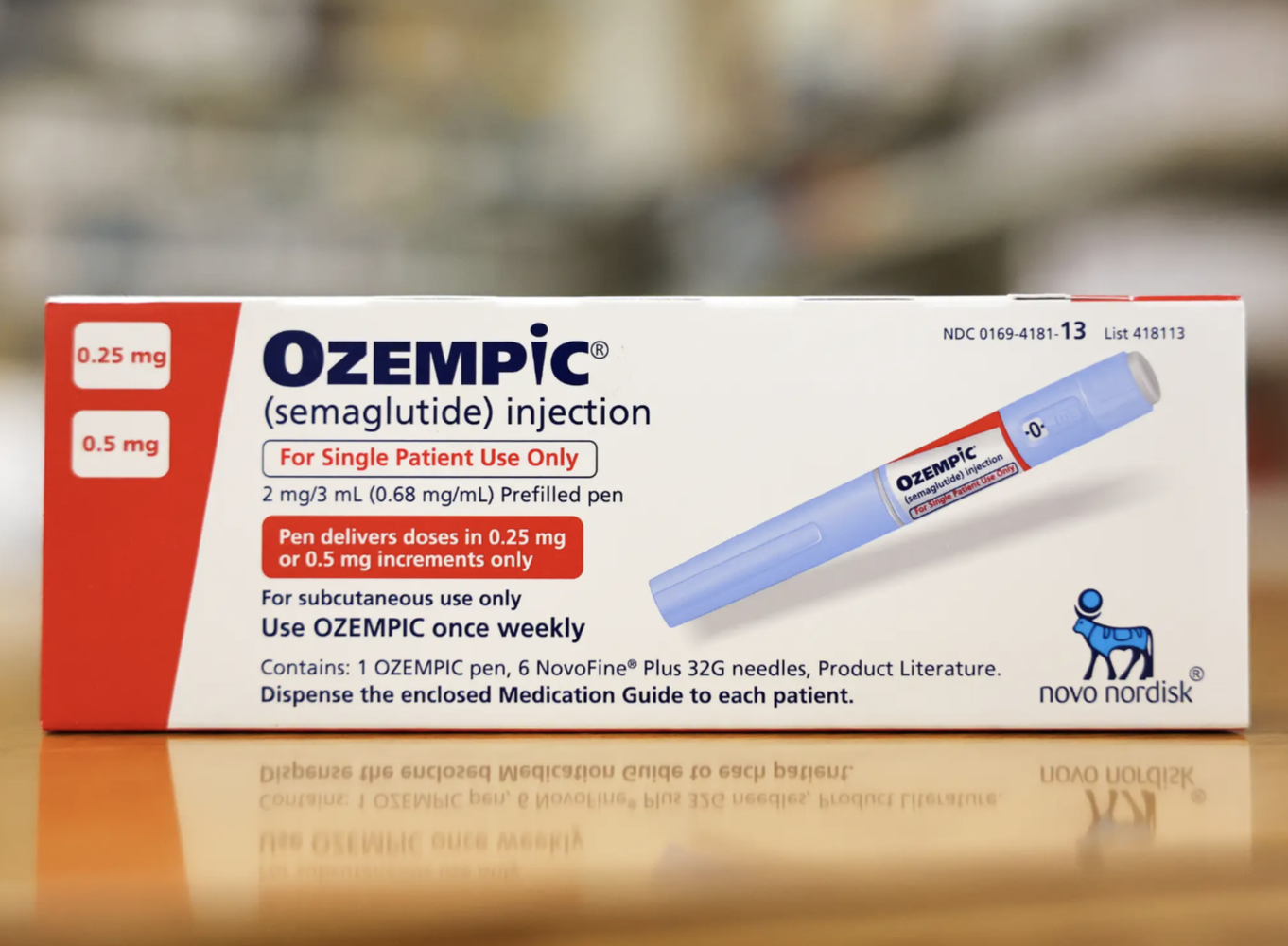 |
| GLP-1RA, a second-line antihyperglycemic medication, may have potential as an adjunctive therapy to IOP-reducing eye drops for managing glaucoma. Examples of medications that act as GLP-1RAs include Exenatide (Byetta, twice daily), Semaglutide (Ozempic, weekly), Liraglutide (Victoza, Saxenda, daily) and Lixisenatide (Adlyxin, daily). Photo: Business Insider. Click image to enlarge. |
Recent studies have demonstrated that a medication commonly prescribed for type 2 diabetes and obesity, glucagon-like peptide-1 receptor agonists (GLP-1RA), plays a role in facilitating retinal neuroprotection, which, in turn, may prevent glaucoma development and progression. To further explore this hypothesis, researchers in Denmark performed a nationwide, nested case-control study comparing the risk of glaucoma development in individuals with type 2 diabetes being treated with GLP-1RA—a second-line antihyperglycemic medication—vs. those receiving alternative treatments. Their data concluded that GLP-1RA exposure was associated with a lower risk of developing glaucoma compared to other antihyperglycemic medications, especially in patients receiving treatment for longer than three years.
Of 264,708 individuals in the Danish database, the researchers identified 1,737 incident glaucoma cases that were matched to 8,685 controls without glaucoma, all of whom were above 21 years old, had no history of glaucoma and were treated with metformin and a second-line antihyperglycemic drug formulation (a GLP-1RA).
Analysis of the data revealed that compared to individuals in the control group, who received treatments other than GLP-1RA, those treated with GLP-1RAs had a lower risk of incident glaucoma (hazard ratio: 0.81). This risk was reduced even further in cases of prolonged treatment extending beyond three years (HR: 0.71), though GLP-1RA treatment for zero to one years (HR: 0.89) and one to three years (HR: 0.85) were not significant.
In their paper for Ophthalmology, the study authors explained that their work accomplished two things. “First,” they wrote, “the use of GLP-1RA was associated with a 19% decrease in risk of glaucoma. Second, increased exposure to GLP-1RA, especially over extended durations, accentuated this protective association with a duration-response pattern. Notably, with a significant 29% risk reduction when looking at three or more years exposure to GLP-1RA.” They added, “Our sensitivity analysis supported the finding of risk reduction when looking at users of GLP-1RA.”
These findings support the possibility of GLP-1RA being an adjunctive therapy to IOP-reducing eye drops in glaucoma management, the authors argue. They advised in their paper, “The lower risk of developing glaucoma among individuals with type 2 diabetes on GLP-1RA warrants further investigation to establish if there is an effect beyond improved glycemic control.”
Niazi S, Gnesin F, Thein A-S, et al. Association between glucagon-like peptide-1 receptor agonists and the risk of glaucoma in individuals with type 2 diabetes. Ophthalmology. March 13, 2024. [Epub ahead of print]. |


